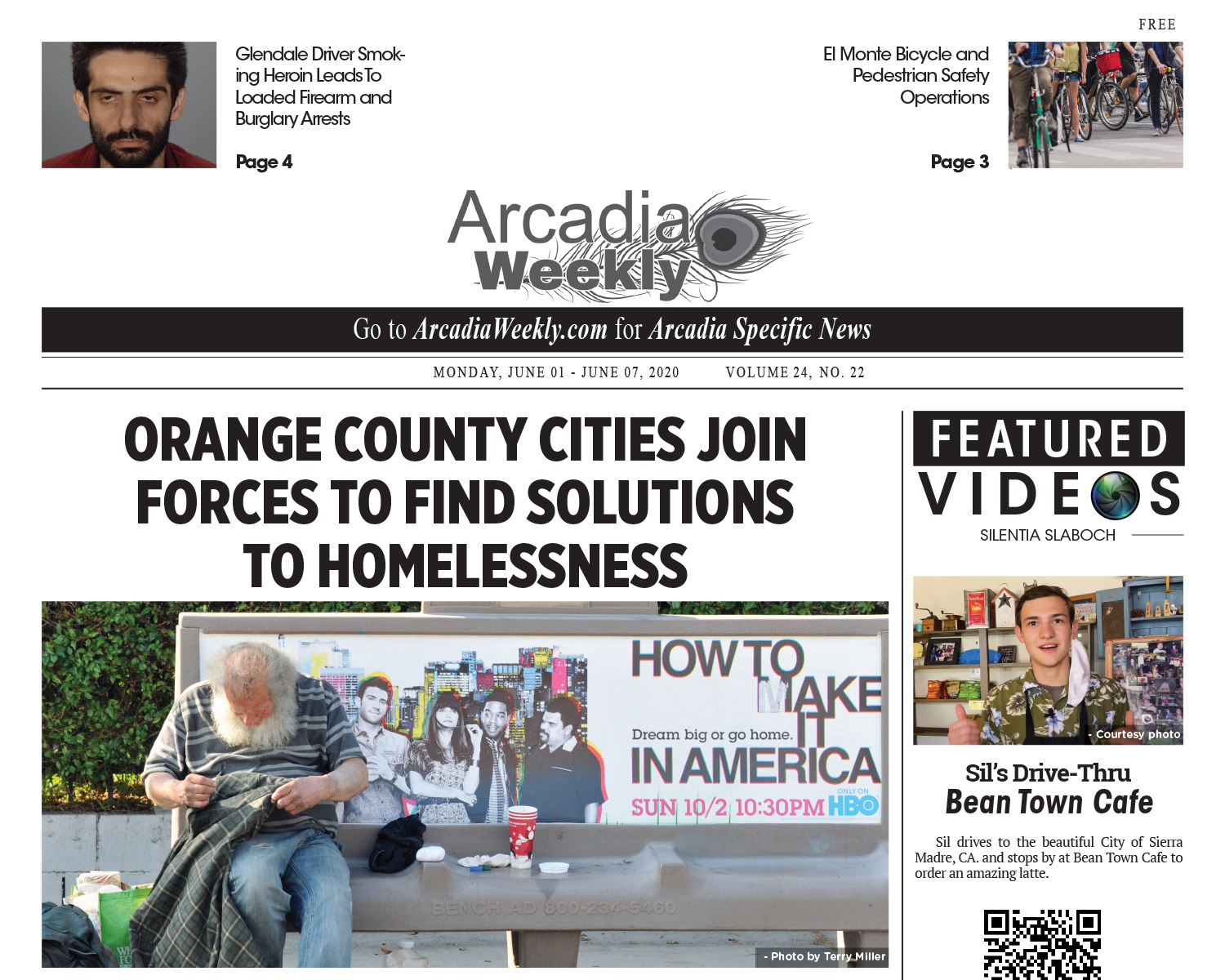
The Los Angeles County Office of Education has released guidelines for reopening schools safely amid the COVID-19 pandemic. According to L.A. County Superintendent Dr. Debra Duardo, the guidelines are not directives but a framework.
“They can use parts of it or all of it. The only thing that I believe will be monitored and it’s not by the County Office of Education, it will be from the Department of Public Health in terms of ensuring that they’re implementing the directives, the safety directives that come from the Department of Public Health,” she said.
The guidelines include:
- Maintaining students 6 feet apart, with desks all facing the same direction.
- Removing unnecessary excess furniture inside classrooms.
- Creating one-way hallways.
- Having students eat lunch at their desks.
- Possibly implementing hybrid learning and staggering students’ schedules to have smaller, more manageable groups so that officials can ensure students are practicing social distancing. This might mean that some students are physically in the classroom twice a week or only in the morning, and a different group is in class in the afternoon. When not physically at school, students would continue distance learning. Duardo says this should be flexible so that if parents of immunocompromised children want to keep their kids at home, they can do so.
- Assessing which students have had the most challenges accessing the internet or adjusting to distance learning so that districts can determine what those students need and provide them with additional support.
- During recess students might go out together in smaller cohorts to maintain the same group of students and adults together and minimize the intermingling of different classes. Physical markers should be displayed so students know where to keep their distance. Students might also engage in more individual activities, like hula-hoops, as opposed to team sports and games.
- Following directives from the Department of Public Health, children over the age of 2 will be required to wear a mask unless they have a medical condition that would make it more dangerous for them to wear a mask.
- Kids should stay home even if only experiencing mild symptoms. If a child becomes sick at school, there should be protocols in place to keep the child separate inside the nurse’s office while parents are contacted. If a student tests positive for coronavirus the department of Public Health will need to be notified and they will, most likely, do schoolwide testing and quarantine those who were exposed. According to Duardo, these protocols are still being planned with Public Health.
Implementing these changes might prove challenging in light of budget cuts proposed by the state.
“The other big challenge is making sure districts have the resources and funding in place to implement these safety measures. We are facing some potential cuts, at least 10 percent to education which is not a time where we feel that that’s appropriate given this pandemic and another big concern of course is the loss of instruction and learning. We know that person to person in classroom instruction is better and that students need to come to school and engage with their teachers and friends,” said Duardo.
Eleven school districts in the county — Beverly Hills Unified, Hacienda LA Puente Unified, Palos Verdes Peninsula Unified, Norwalk-La Mirada Unified, Claremont Unified, Hermosa Beach City School District, Temple City Unified, West Covina Unified, Centinela Valley Union High School District, Hughes-Elizabeth Lakes Union School District, and Glendora Unified — have already sent a letter to the governor, L.A. County Public Health Director Dr. Barbara Ferrer, and Duardo saying the proposed guidelines are “unattainable and unrealistic.”
Addressing the 6-feet-apart guideline, the letter says: “The bottom line is that school needs to be available to all students that choose to come to school EVERY DAY. The 6 feet apart requirement renders this nearly impossible to achieve any sort of learning continuity and leads to a chain reaction of challenges throughout L.A. County and California.”
In the letter, these eleven districts claim that it is unrealistic to expect that children would wear face coverings for 8 hours a day. “This unfunded mandate would not be affordable nor an efficient way to spend scarce resources.”
The letter goes on to challenge the prohibition of large gatherings and then takes issue with the 14-day quarantine period for classes that have a student test positive for the virus. “To make an entire class quarantine for 14 days will not allow for any continuity of instructions … What about at the secondary levels where students go class to class?”
United Teachers of Los Angeles responded to the proposed guidelines by releasing the following statement:
“Any state and county guidance is only a framework — every school district will develop its own plan. That is why reopening schools must be bargained with UTLA. And it’s why we are surveying our members on their priorities; working closely with parent, youth, and community organizations on their priorities; and then taking these priorities into that bargaining.
“Educators want more than anything to be back in schools with our students, whom we love. But, we also understand deeply that the only way this can happen is if schools are healthy, safe, and improved. The status quo will not be enough to safeguard students and educators alike.
“UTLA is fighting against proposed budget cuts and for increased funding essential to guarantee a safe return to schools. A healthy, safe reopening cannot happen amidst budget cuts. That is a fantasy. We are fighting the proposed $13 billion in budget cuts.
“There is no vision for a safe reopening that does not involve additional resources for schools — resources to implement social distancing and other safety guidelines and funding for the additional supports our students need in the wake of this crisis, including increased mental health support.
“We know that the health and safety of our communities depends on getting the reopening right. We can’t underestimate the challenge of opening schools in a way that protects students and staff and prevents children from becoming carriers for infection in their own families. This is especially critical in LA, with our students living with so many of the equity issues that coronavirus has laid bare: students in high-density living situations with multigenerational families; the disproportionate exposure and death rates among communities of color, especially Pacific Islander and Black communities; and a lack of accessibility to healthcare. We also know that, as various sectors reopen for business, parents and guardians will return to work and will not have the choice that others have to keep their children at home safely.
“We are also clear that a reopening and improvement plan must extend to our communities. Our students are shaped by all aspects of their lives. The reopening of schools must be coordinated with massive investment in housing, healthcare, replacement pay, and jobs.”






